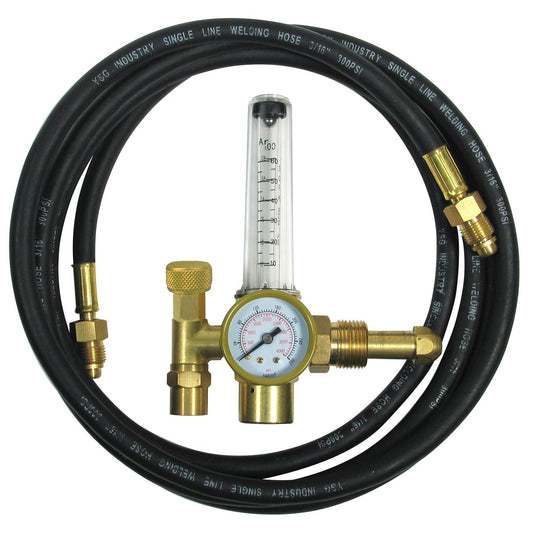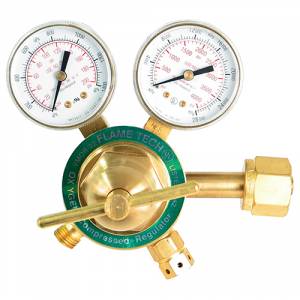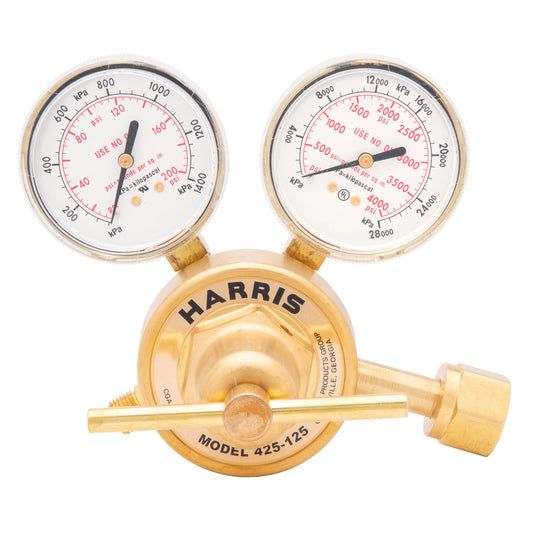The process of welding gas or diesel tanks can be extremely dangerous. There is the possibility of igniting fuel vapors, and if the welder is using the welding process of MIG or TIG inside a fuel storage tank, they are in danger of suffocating from fumes if argon gas is used. This not only poses a threat to the welder but to anyone who tries to rescue the welder from the interior of the fuel tank. We hope that the tips we’ve listed below will help keep you safe if you are required to perform any welds in a fuel tank.
- Before beginning to work on the fuel tank you should first insure that the battery has been disconnected and that the ignition is in the off position. By making sure that all of the power sources are off, you are reducing the chance that a spark might set off any fuel in the tank. Once you have done this you can then proceed to drain the fuel tank of fuel that may still be inside.
- The next step would be to completely drain the fuel tank in an approved gas container designed for use with flammable liquids. It is highly recommended that the draining of gasoline tanks not be performed over or near inspection pits.
- Once you have completely removed all of the gas from the tank you can now remove it from the vehicle. It is important that you use the proper ventilation equipment when working with gas tanks due to the high amount of fumes that may be present.
- After you have safely removed the gas tank from the vehicle you should thoroughly rinse the tank several times with warm, soapy water. The water should be placed in an approved flammable container. Do not dispose of the water in the street or in drains — it can cause a very dangerous situation.
- Your next step will be to evacuate the fuel fumes from the tank using an air hose for a minimum of one hour or until you can no longer detect any fuel fumes. You can conduct chemical tests to determine whether all of the fuel fumes have been thoroughly removed and whether the tank is safe to weld.
- Any welds performed on the tank should be done according to contract specifications and follow all safety standards. When you are finished with the welding, the tank should be allowed to cool to within five or ten degrees of 70 degrees Fahrenheit.
- Once the tank has reached the desired temperature and you feel it is cool enough you can now test the integrity of the weld and look for any leaks by placing a small amount of fuel in the tank. If the tank is leak free, you can now reattach the tank following the manufacturer’s specifications.
There are many helpful videos for specific types of tanks on YouTube so be sure to search around there before diving into your fuel tank project.
Shop our best selling MIG Welders and useful PPE gear for a project like this.




